Moisture getting into shower stall grout?
fireweed22
9 years ago
Related Stories

HOUSEKEEPINGHow to Clean Grout — Stains and All
If your grout is grossing you out, this deep-cleaning method will help it look new again
Full Story
TILEEpoxy vs. Cement Grout — What's the Difference?
Grout is grout, right? Nope. Cement and epoxy versions have different appearances, durability and rules of installation
Full Story
BATHROOM DESIGNConvert Your Tub Space Into a Shower — the Tiling and Grouting Phase
Step 3 in swapping your tub for a sleek new shower: Pick the right tile and test it out, then choose your grout color and type
Full Story
BATHROOM TILEQuick Fix: Repair Cracked Bathroom Grout
Banish an eyesore and safeguard your bathroom from water damage in 30 minutes or less with this DIY repair
Full Story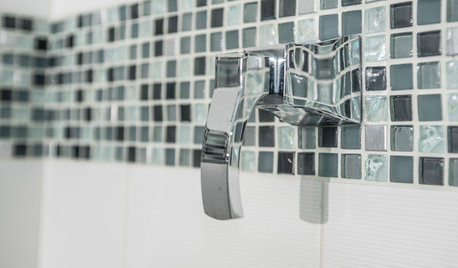
TILE3 Key Steps for Grouting That Looks Its Best
Get your grout right to keep your tile beautiful and for an installation that will last
Full Story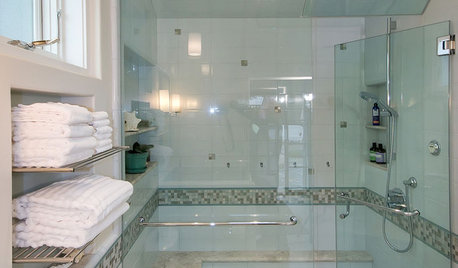
SHOWERSGet Steamy in the Shower for Spa Time at Home
Learn the components of a steam shower to plan a safe and sturdy installation and a soothing bath experience
Full Story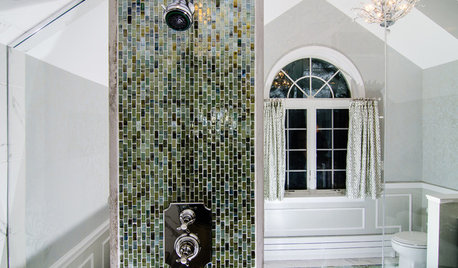
BEFORE AND AFTERSA Chilly Massachusetts Bathroom Gets the Hotel-Spa Treatment
Luxurious details including a steam shower and radiant-heat flooring create a relaxing private master bathroom for a couple
Full Story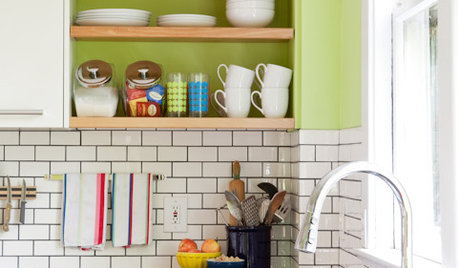
KITCHEN DESIGNSubway Tile Picks Up Gray Grout
Heading into darker territory, subway tile offers a graphic new look for kitchens, bathrooms and more
Full Story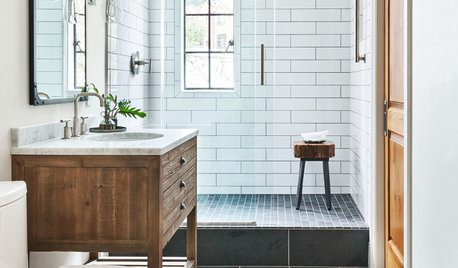
BATHROOM WORKBOOK12 Ways to Get a Luxe Bathroom Look for Less
Your budget bathroom can have a high-end feel with the right tile, stone, vanity and accessories
Full Story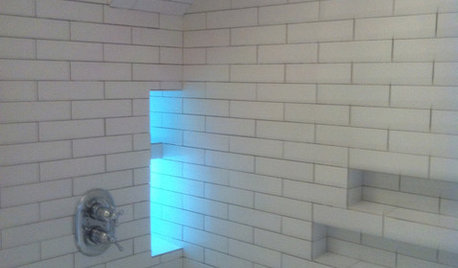
BATHROOM DESIGN10 Top Tips for Getting Bathroom Tile Right
Good planning is essential for bathroom tile that's set properly and works with the rest of your renovation. These tips help you do it right
Full Story







User
weed_cutter
Related Professionals
Citrus Park Kitchen & Bathroom Remodelers · Biloxi Kitchen & Bathroom Remodelers · Cocoa Beach Kitchen & Bathroom Remodelers · Emeryville Kitchen & Bathroom Remodelers · Fort Myers Kitchen & Bathroom Remodelers · Hanover Township Kitchen & Bathroom Remodelers · Lynn Haven Kitchen & Bathroom Remodelers · Mesquite Kitchen & Bathroom Remodelers · New Port Richey East Kitchen & Bathroom Remodelers · Spokane Kitchen & Bathroom Remodelers · West Palm Beach Kitchen & Bathroom Remodelers · Wilmington Kitchen & Bathroom Remodelers · Winchester Kitchen & Bathroom Remodelers · Middlesex Kitchen & Bathroom Remodelers · Paradise Kitchen & Bath Fixturesklem1
fireweed22Original Author
weed_cutter
fireweed22Original Author
weed_cutter
fireweed22Original Author
User
weed_cutter
mayflower1032
User
Jake The Wonderdog